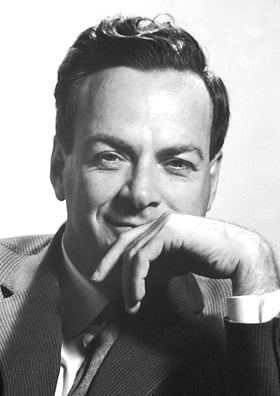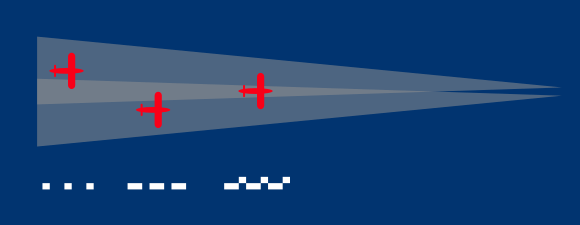Meet Richard Feynman who taught himself trigonometry, advanced algebra, infinite series, analytic geometry, and both differential and integral calculus at the age of 15. Later he jokingly Cracked the Safes with Atomic Secrets at Los Alamos by trying numbers he thought a physicist might use.
Richard Feynman “Feynman” redirects here. For other uses, see Feynman (disambiguation). Richard Phillips Feynman (/ˈfaɪnmən/; May 11, 1918 – February 15, 1988) was an American theoretical physicist, known for his work in the path integral formulation of quantum mechanics, the theory of quantum electrodynamics, and the physics of the superfluidity of supercooled liquid helium, as […]

